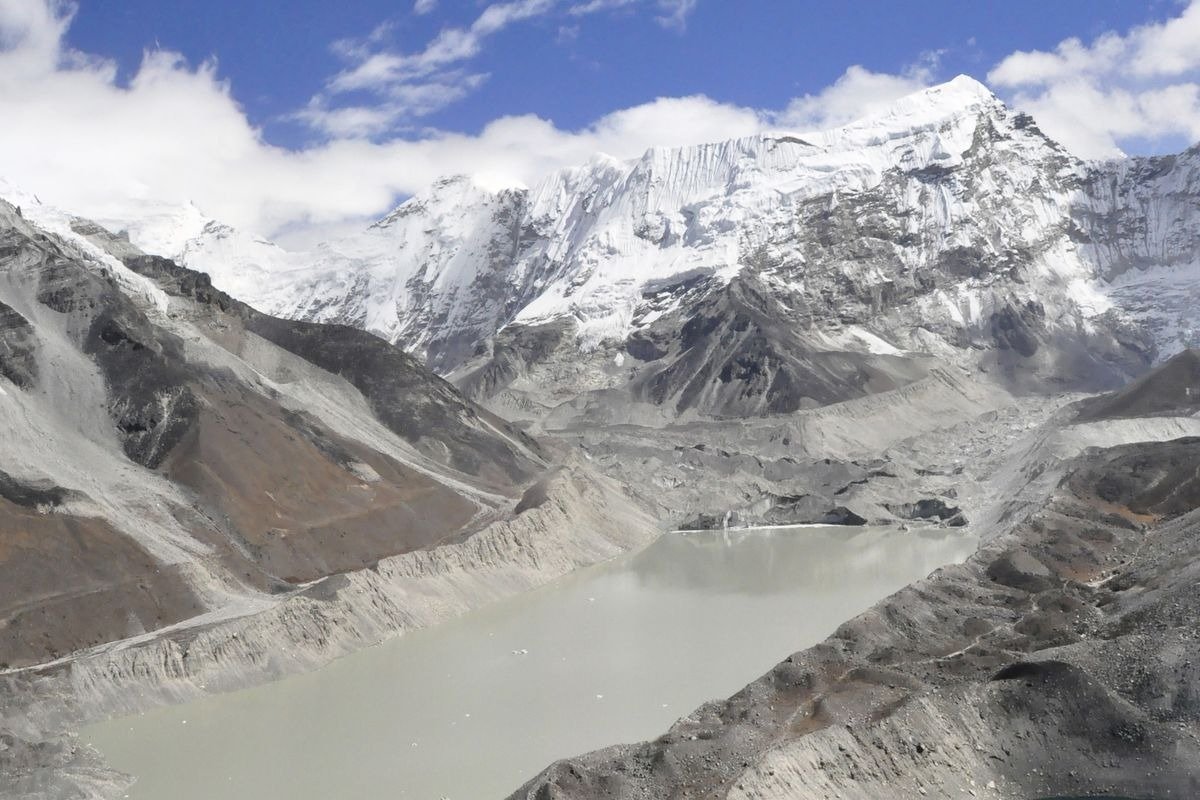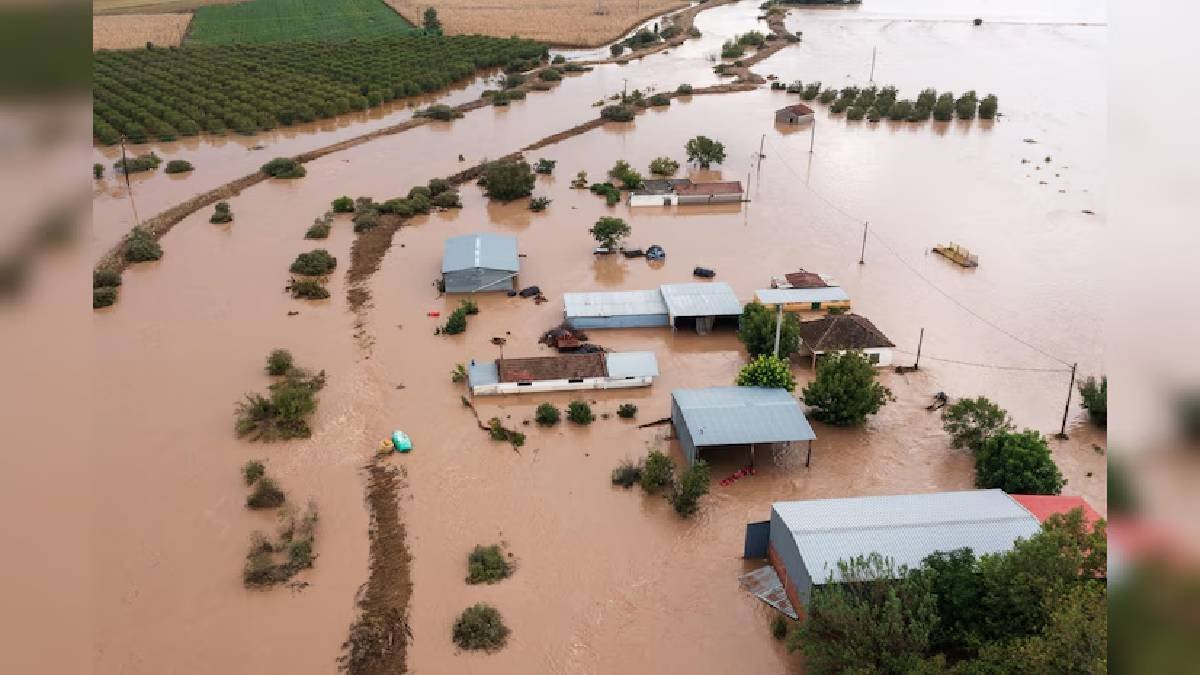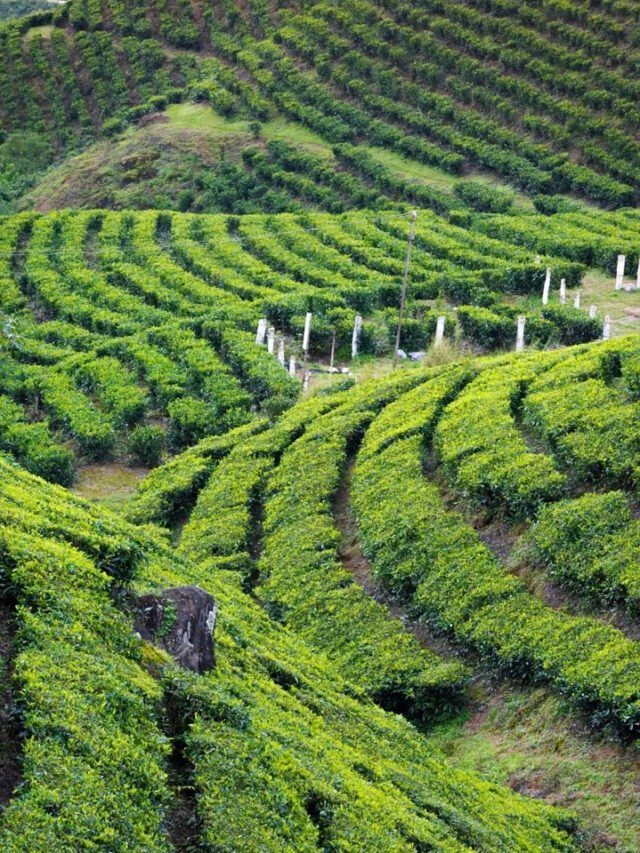NEW DELHI, June 17: The Hindu Kush Himalaya is experiencing significantly lower snow persistence this year, raising serious concern over water security for downstream communities, according to a new report.
Leading experts from the International Centre for Integrated Mountain Development (ICIMOD), a Nepal-based intergovernmental organisation, have urged water management officials to initiate drought management strategies and preemptive emergency water supply measures.
The Hindu Kush Himalaya (HKH) region heavily depends on the cryosphere — frozen water on the Earth’s surface, including snow, permafrost, and ice from glaciers, lakes and rivers. This frozen water is a critical source of freshwater for around 240 million (24 crore) people living in the HKH region and has far-reaching benefits for around 1.65 billion (165 crore) people downstream.
Snowmelt accounts for around 23 per cent of the total water flow of 12 major river basins originating in the HKH. However, its contribution varies from river to river, representing 74 per cent of the Amu Darya’s flow, 77 per cent of the Helmand’s flow, and 40 per cent of the Indus’ flow.
Monitoring shows snow levels are almost a fifth below normal across the region this year, with the most dramatic declines in the west, where its contribution to water supply is the highest.
Snow persistence dropped 17 per cent below normal in the Ganga basin and 14.6 per cent below normal in the Brahmaputra basin, said the Snow Update Report – 2024, released on Monday.
The Helmand river basin shows the most significant drop in snow persistence at 31.8 per cent below normal. Its previous lowest level was in 2018, with a 42 per cent reduction.
The Indus basin has fallen to 23.3 per cent below normal, the lowest level in 22 years. The previous lowest year for this basin was 2018, with a 9.4 per cent shortfall. The Mekong basin had the smallest variation from normal, with snow persistence around 1 per cent below normal.
“We have seen a pattern of decreasing amounts and persistence of snow across the Hindu Kush Himalaya, with 13 of the past 22 years registering lower-than-normal seasonal snow persistence,” said ICIMOD cryosphere specialist Sher Muhammad, who is also author of the report.
“This is a wake-up call for researchers, policymakers and downstream communities. Lower snow accumulation and fluctuating snow levels pose a serious increased risk of water shortages, particularly this year,” he said.
Miriam Jackson, ICIMOD’s senior cryosphere specialist, said agencies must take proactive steps to address possible drought situations, especially in early summer. “Plans must be updated to accommodate water stress, and communities need to be notified of the risks.”
“Beyond that, it’s clear that governments and people in this region need urgent support to adapt to changes in snow patterns that carbon emissions have already locked in. G20 countries need to cut emissions faster than ever before to prevent even more changes that could prove disastrous to major population centres and industries reliant on snowmelt in the mountains,” she said.
The experts said promoting rainwater harvesting and establishing local water committees may help mitigate the immediate impacts of below-normal snowfall on the water supply in the HKH region.
However, to ensure long-term resilience to climate change, countries sharing trans-boundary rivers must collaborate to update their water management laws. Such actions are crucial to addressing water shortages in south Asia, which relies on snowmelt, they said. (PTI)












